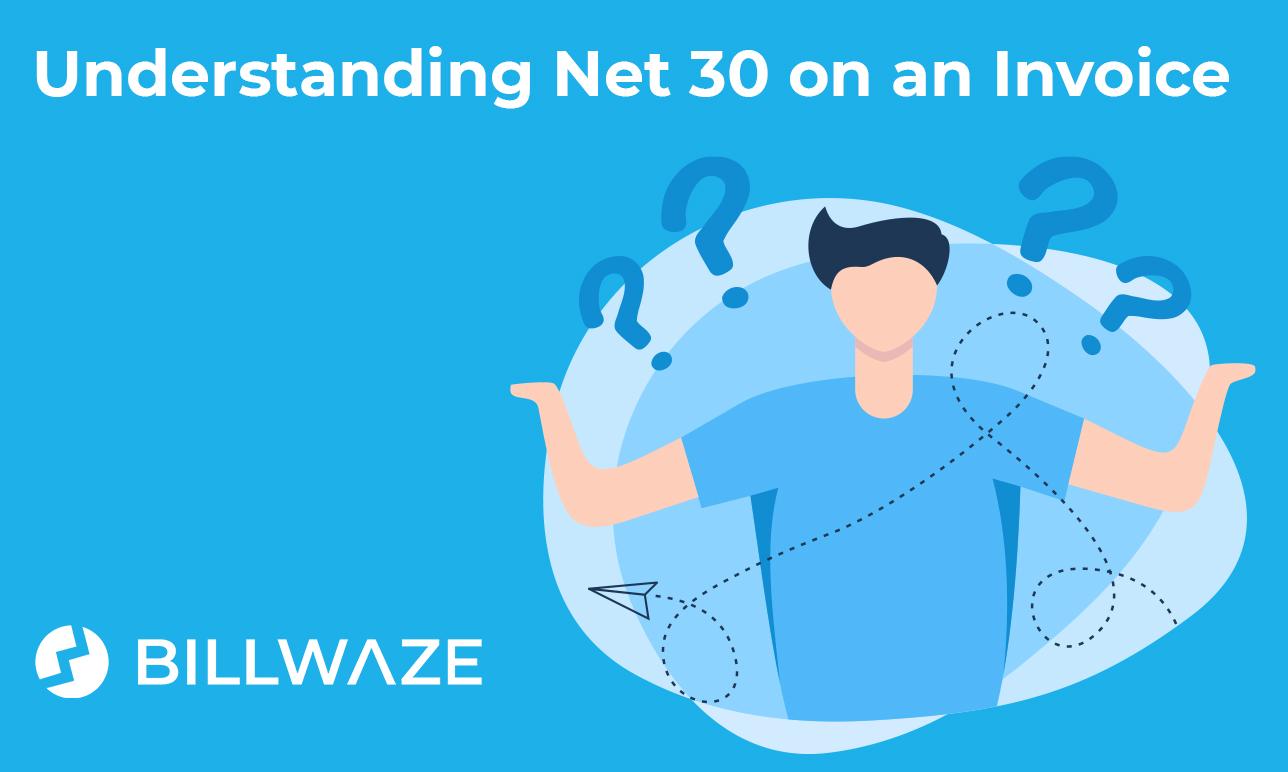Gross profit is the money a business has remaining after it has paid off the direct costs of manufacturing a product or service.
Calculating the gross profit margin is done by subtracting the Cost of Goods Sold (COGS) from the total revenue, and dividing the sum by total revenue. It can also be calculated as a percentage by multiplying the resulting figure by 100.
What is the Gross Margin
There are several different versions of the loose term “profit margin”. It may refer to “net profit margin”, “pre-tax profit margin” or operating profit margin”.
Each of these different profit margins measures the cost of doing business, allowing for certain cost factors. Operating profit, for example, does not include tax or interest, while net profit takes into account all expenses associated with the production of a product – it is commonly referred to as the “bottom line”.
Gross margin (a.k.a. “Gross profit margin”) is often used as an indicator of how efficiently a business is being run and whether it is making sufficient sales.
Calculating Gross Margin in Dollar Terms
The formula for calculating gross margin in dollars is as follows:

Generally this figure is expressed as a percentage, which is calculated:

We’ll take a look at an example to put this in real terms…
Bob’s Hardware Store has been doing good business on their new line of ladders, and Bob wants to know how his expenses have impacted his profits over the course of the year.
Looking at his accounts he can see that his revenue for ladders sales was $27,000 over the last 12 months. The cost of goods sold was $12,000.
Bob calculates his gross margin by subtracting the cost of goods sold by the revenue. $12,000 – $27,000 = $15,000.
Because Bob wants to know what his gross margin is as a percentage, he continues by dividing his gross margin by revenue and multiplying by 100. ($15,000 / $27,000) x 100 = 55.6%.
What is a healthy Gross Margin?
It’s difficult to put an exact number in answer to this question because there are so many factors involved. Two main things that need to be considered are:
Gross margins are industry specific
Comparing your gross margin to other businesses in your industry is a good way to assess how you are performing. How much direct competition you have locally, your location (and how much traffic you get) and of course your pricing, will all impact on how you fare against your competitors.
Gross margins depend on the age of your business
It’s not uncommon for gross margins to be lower for younger businesses. This is partly because costs can be higher for startups as they work to develop efficient practices, and partly because they may need to offer lower prices to gain business as they build a reputation.
What Type of Business Has the Highest Gross Margin?
Typically speaking, service-based businesses experience the highest gross margins because they have lower costs of goods sold than those that need to manufacture or purchase physical products.
Larger businesses in product-based markets can still realize very healthy gross margins though – especially if they are dealing in high volumes.
Why is Gross Margin Important?
Gross margin is a key metric in understanding a business’s profitability. However, it cannot give the whole picture as it does not include elements such as personnel and administration costs which will impact the bottom line.

 Billwaze
Billwaze 


